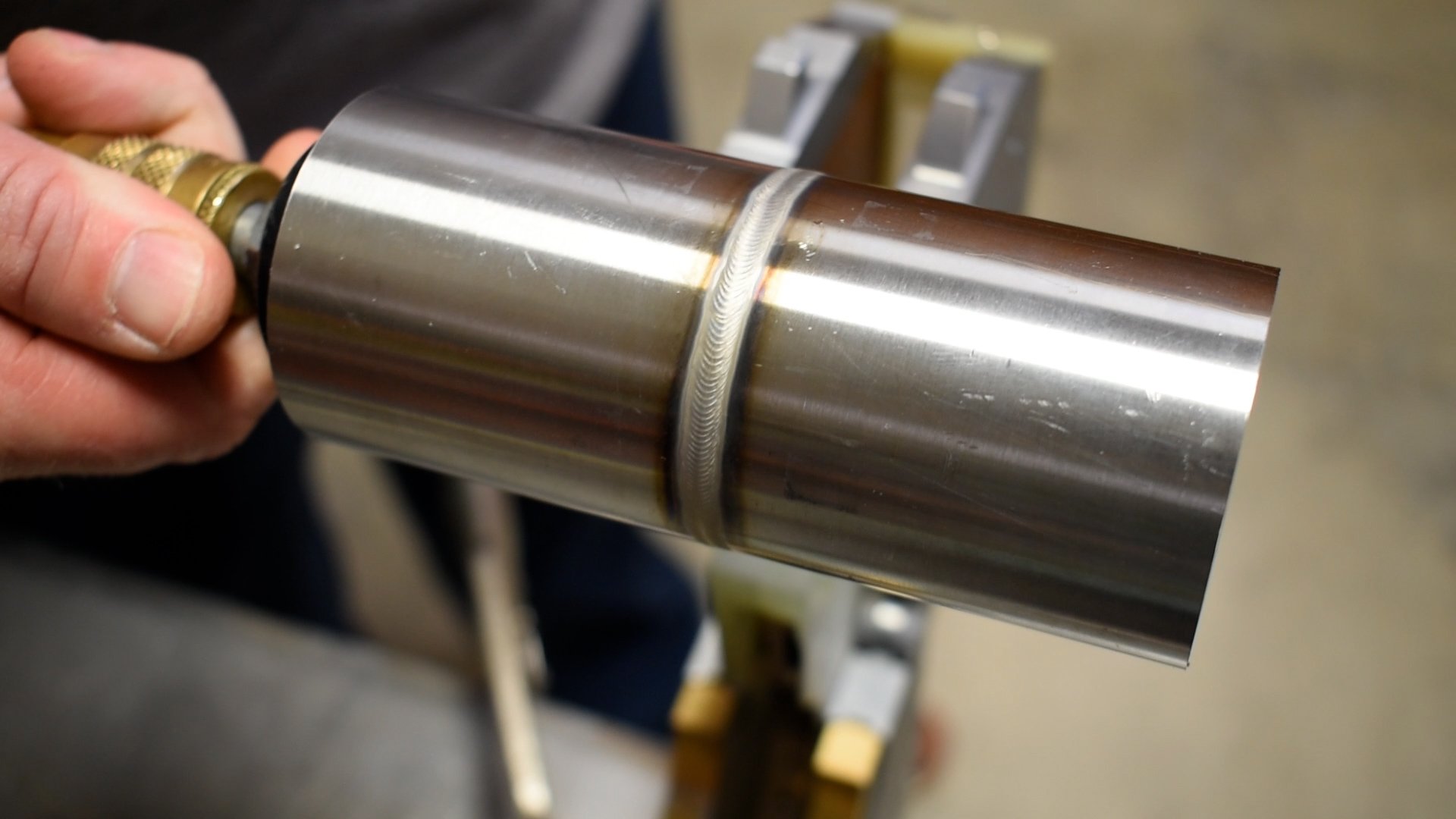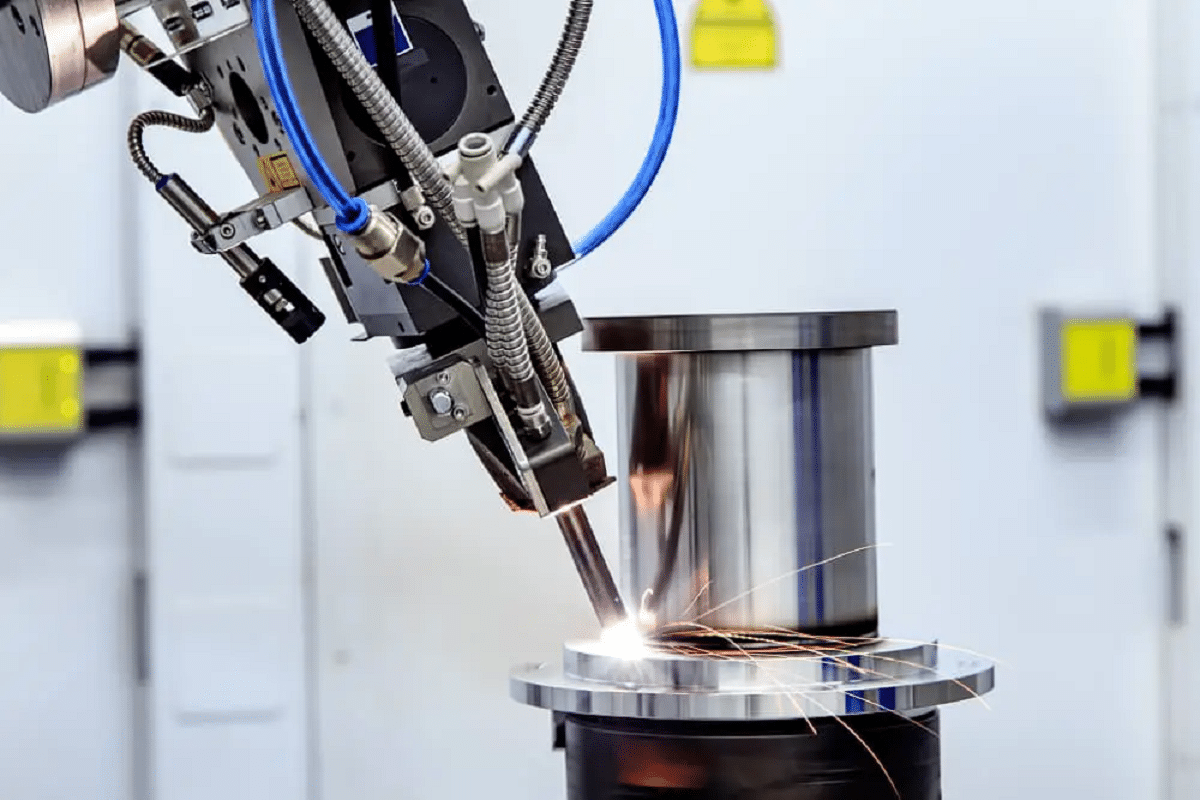Best Overview to Preventing Weld Undercut: Tips and Techniques
Best Overview to Preventing Weld Undercut: Tips and Techniques
Blog Article
Mastering the Art of Welding: Just How to Stay Clear Of Undercut Welding Issues for Flawless Fabrication Outcomes
By understanding the origin causes of undercut welding and applying efficient techniques to prevent it, welders can boost their craft to new degrees of excellence. In the search of flawless construction outcomes, understanding the art of welding to avoid undercut problems is not simply a skill however a necessity for those striving for perfection in their job.
Understanding Undercut Welding

To avoid undercut welding, welders should guarantee correct welding criteria, such as readjusting the existing, voltage, traveling rate, and keeping the correct electrode angle. By recognizing the causes of undercut welding and executing precautionary actions, welders can accomplish top quality, structurally audio welds.
Root Causes Of Undercut in Welding
Recognizing the factors that add to undercut in welding is important for welders to produce high-quality, structurally audio welds. Undercutting happens when the weld steel does not appropriately fill the groove formed in between the base metal and the formerly transferred weld metal. A number of elements can cause undercut in welding. One common cause is extreme warmth input. Welding at high temperatures for prolonged durations can cause the base metal thawing greater than desired, bring about undercut. Poor welding present or inaccurate welding rate can also contribute to undercut. Insufficient current might not give adequate warmth to thaw the base and filler steels properly, while extreme speed can protect against correct combination, causing undercut. Additionally, inappropriate electrode angles or inaccurate torch manipulation methods can create locations of reduced weld steel deposition, promoting undercut. Recognizing these causes and implementing appropriate welding techniques can assist avoid undercutting concerns, ensuring strong and sturdy welds.
Methods to avoid Undercutting

To minimize the risk of undercutting in welding, welders can employ tactical welding strategies targeted at boosting the quality and honesty of the weld joints. One reliable method is to adjust the welding specifications, such as voltage, present, and travel rate, to make certain correct warmth input and deposition. Keeping an ideal electrode angle and making certain regular traveling speed can additionally aid protect against undercut. In addition, utilizing the appropriate welding technique for the details joint configuration, such as weave or stringer beads, can contribute to minimizing damaging. Preventing weld undercut.
Using back-step welding techniques and controlling the weld grain account can also aid distribute warm evenly and decrease the threat of undercut. Routine inspection of the weld joint during and after welding, as well as applying quality assurance steps, can assist in discovering and resolving damaging concerns quickly.
Importance of Proper Welding Criteria
Selecting and keeping appropriate welding parameters is necessary for achieving successful welds with marginal issues. Welding specifications refer to variables such as voltage, existing, travel speed, electrode angle, and protecting gas flow rate that straight influence the welding procedure. These specifications must be carefully changed based on the type of material being welded, its density, and the welding technique used.
Appropriate welding specifications make sure the appropriate quantity of warm is used to thaw the base metals and filler product evenly. If the parameters are set expensive, it can cause excessive warmth input, creating distortion, spatter, or burn-through. On the various other hand, if the parameters are as well low, incomplete combination, lack of infiltration, or undercutting might occur.
Quality Control in Welding Workflow

Conclusion
In verdict, grasping the art of welding calls for a complete understanding of undercut welding, its reasons, and methods to avoid it. By making sure correct welding specifications and implementing quality assurance methods, remarkable fabrication outcomes can be achieved. It is vital for welders to constantly pursue excellence in their welding operations to stay clear of undercut problems and create high-grade welds.
Undercut welding, a common defect in welding procedures, occurs when the weld steel does not appropriately fill up the link groove and leaves a groove or anxiety along the welded joint.To prevent undercut welding, welders must guarantee correct welding parameters, such as readjusting the current, voltage, traveling rate, and preserving the appropriate electrode angle. Poor welding wrong or existing welding rate can likewise contribute to damage.To mitigate the danger of undercutting in welding, welders can employ calculated welding strategies intended at improving the quality and integrity of the weld joints.In final thought, grasping the art of welding calls for a complete understanding of undercut welding, its reasons, and strategies to avoid it.
Report this page